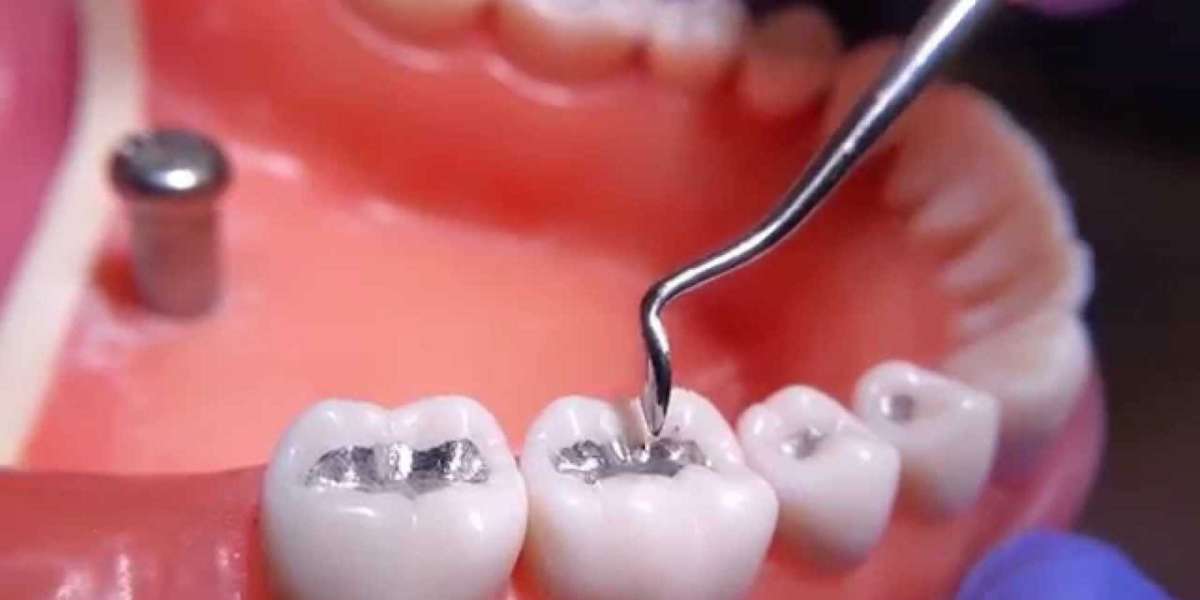Dental practices are major sources of mercury pollution entering our waterways. Mercury is used in dental fillings called dental amalgam which is a mix of mercury, silver, tin and other metals. When amalgam fillings are placed or removed from teeth, it generates dental amalgam waste which containssignificant amounts of dissolved and particulate mercury. This mercury contaminated waste, if released directly into sewers, eventually makes its way to wastewater treatment plants which are not designed to capture mercury. As a result, the mercury passes through the treatment plants and is discharged into lakes, rivers and oceans where it accumulates in the environment.
What is a Dental Amalgam Separator?
A Dental Amalgam Separator is a filtration device installed in dental clinic plumbing system to capture amalgam waste before it reaches the sewer lines. It uses various filtration technologies like sedimentation, centrifugal action or filtration membranes to remove amalgam particles from dental clinic wastewater. The separated amalgam collected in the machine can be disposed of as hazardous mercury waste, preventing the release of mercury into municipal wastewater streams. Most modern separators are highly effective and can remove over 95% of dental mercury from clinic wastewater.
Importance of Using Amalgam Separators
Mercury is a potent neurotoxin that poses serious dangers to human and environmental health even at very low levels of exposure. Dental practices have been identified as the largest source of mercury discharge to municipal wastewater treatment plants. The EPA estimates that dental offices discharge about 3.7 tons of dental mercury into US wastewaters annually without amalgam separators. When released into the environment through wastewater, mercury can accumulate in fish and shellfish eaten by humans and wildlife. It can also pollute waterbodies making them unsafe for recreational activities and impact ecosystems. Installing amalgam separators is a simple and cost-effective solution to address this critical source of mercury pollution.
Legal Mandates for Separator Use
Recognizing amalgam waste as a major environmental concern, several jurisdictions in the United States and other countries have enacted regulations making amalgam separator installation mandatory for all dental clinics. For example, the EPA finalized the dental effluent guidelines in 2017 under the Clean Water Act which requires all dental dischargers that place or remove amalgam to install amalgam separators meeting the ISO 11143 standard. Similar laws exist in states like Minnesota, New Hampshire, Maine and Massachusetts as well as in Canada, the European Union and other developed countries. While not yet federally mandated, these laws have accelerated the adoption of amalgam separators across tens of thousands of dental facilities worldwide.
Types of Amalgam Separators
There are three main types of amalgam separators available:
- Passive Sedimentation Separators: The most basic and economical type, these separators rely on gravity and sedimentation to capture amalgam. Wastewater slowly passes through a collection chamber where amalgam settles to the bottom over time.
- Active Particle Separators: More advanced models that use centrifugal force or filtration membranes to actively filter out fine and non-settleable amalgam particles. Some use filter cartridges that needs periodic replacement.
- Vacuum Filter Separators: Integrated units installed directly into the vacuum system of dental clinics. Captures amalgam from the suction line before it enters the separator. Most efficient type with removal rates over 99%.
Choosing an amalgam separator depends on factors like clinic waste volume, installation constraints, maintenance needs and costs. Dentists must select ISO 11143 certified units to comply with regulatory standards.
Get more insights on Dental Amalgam Separator








